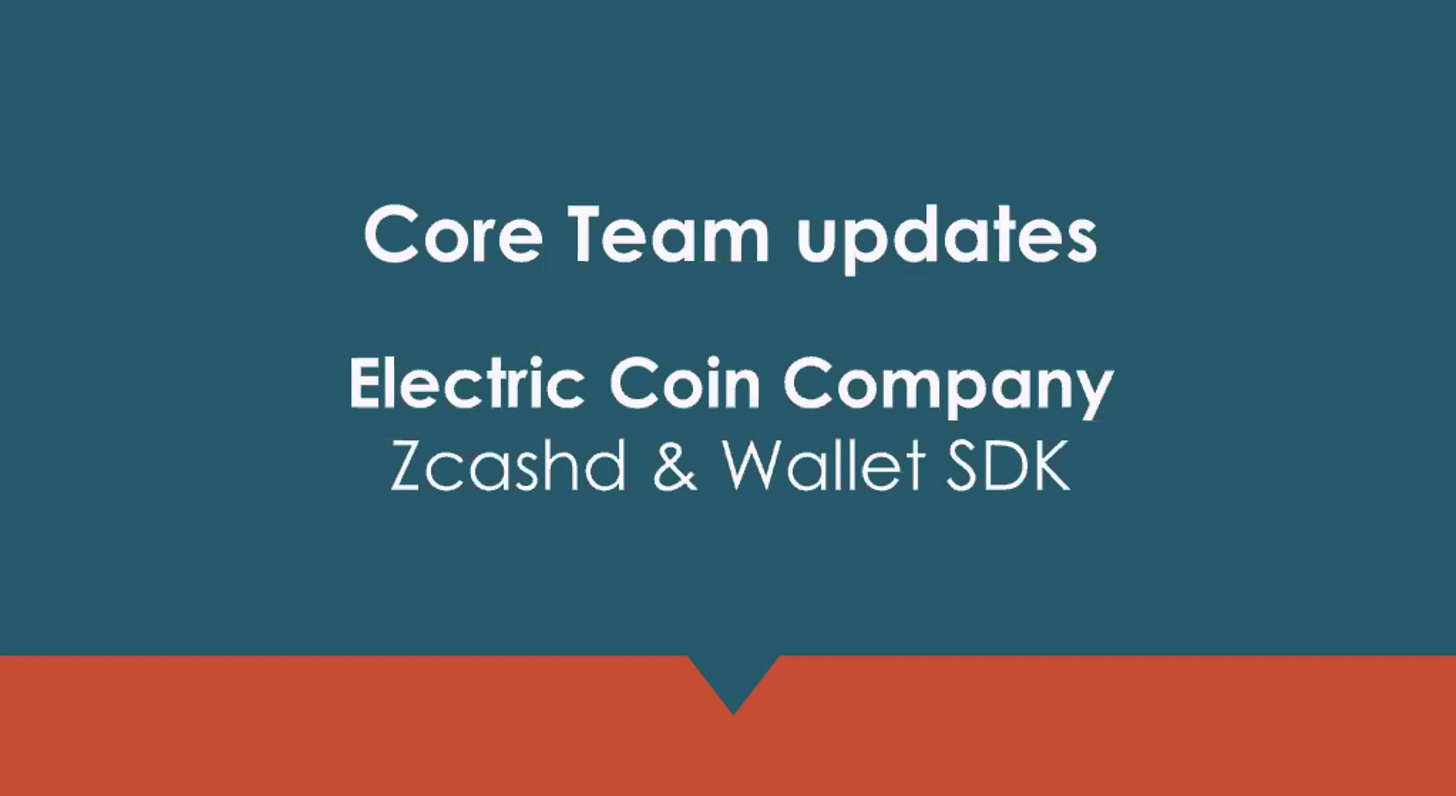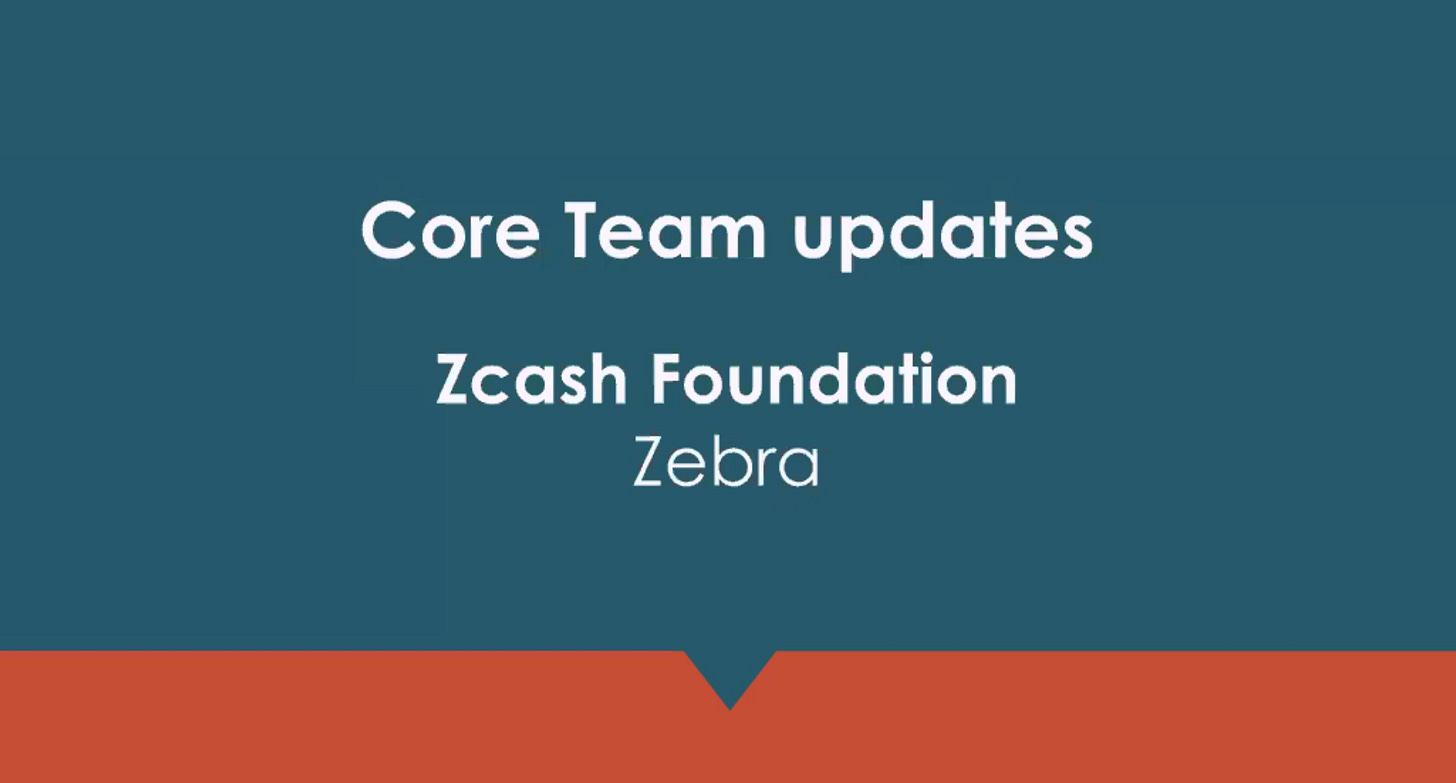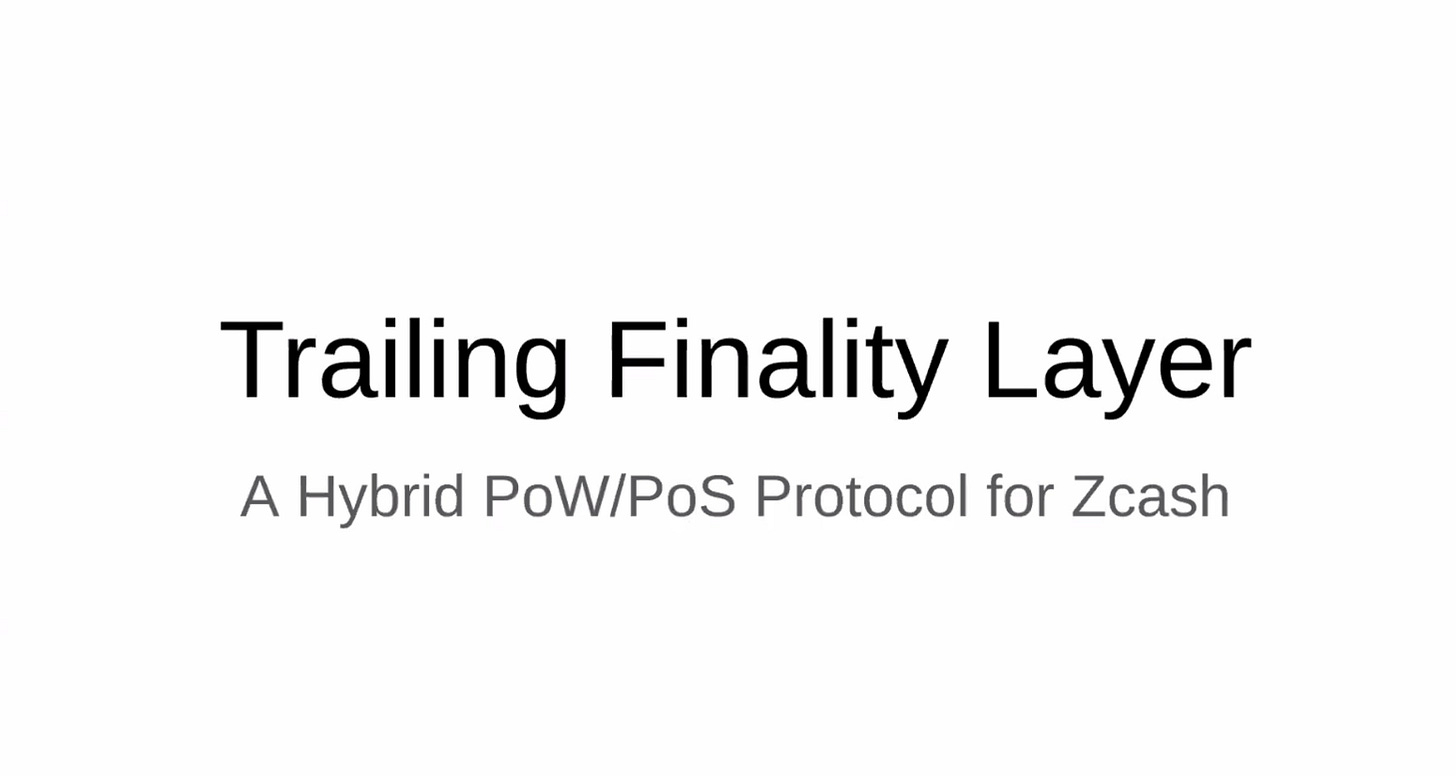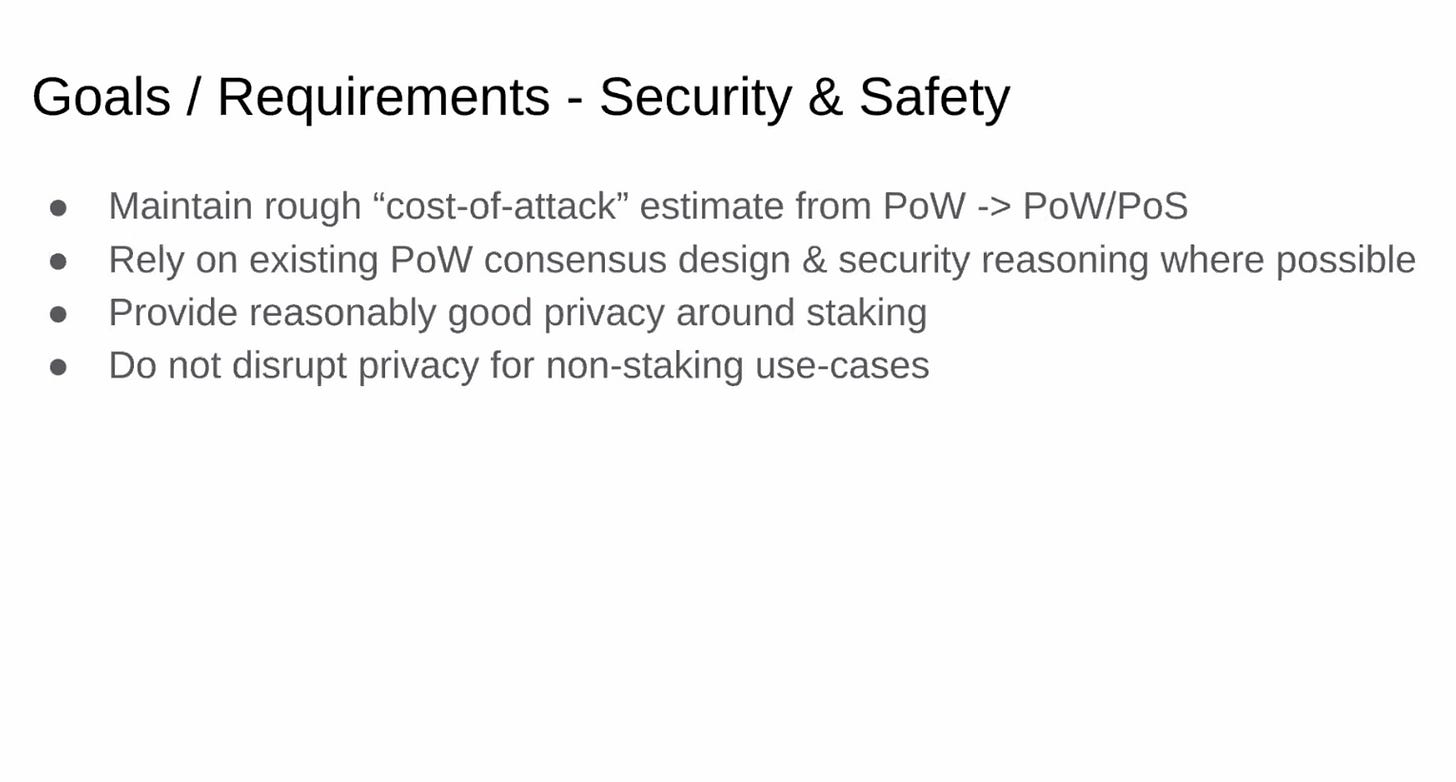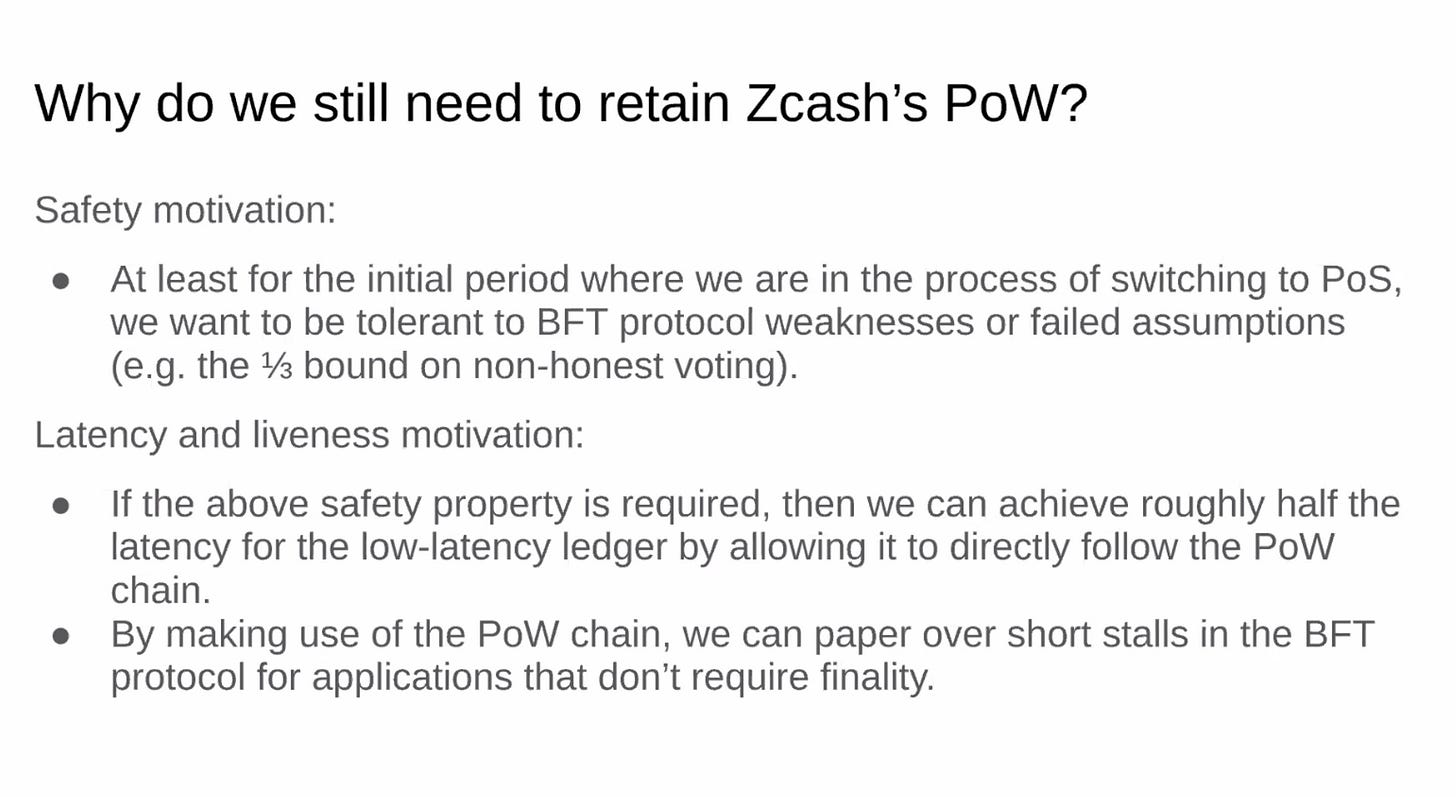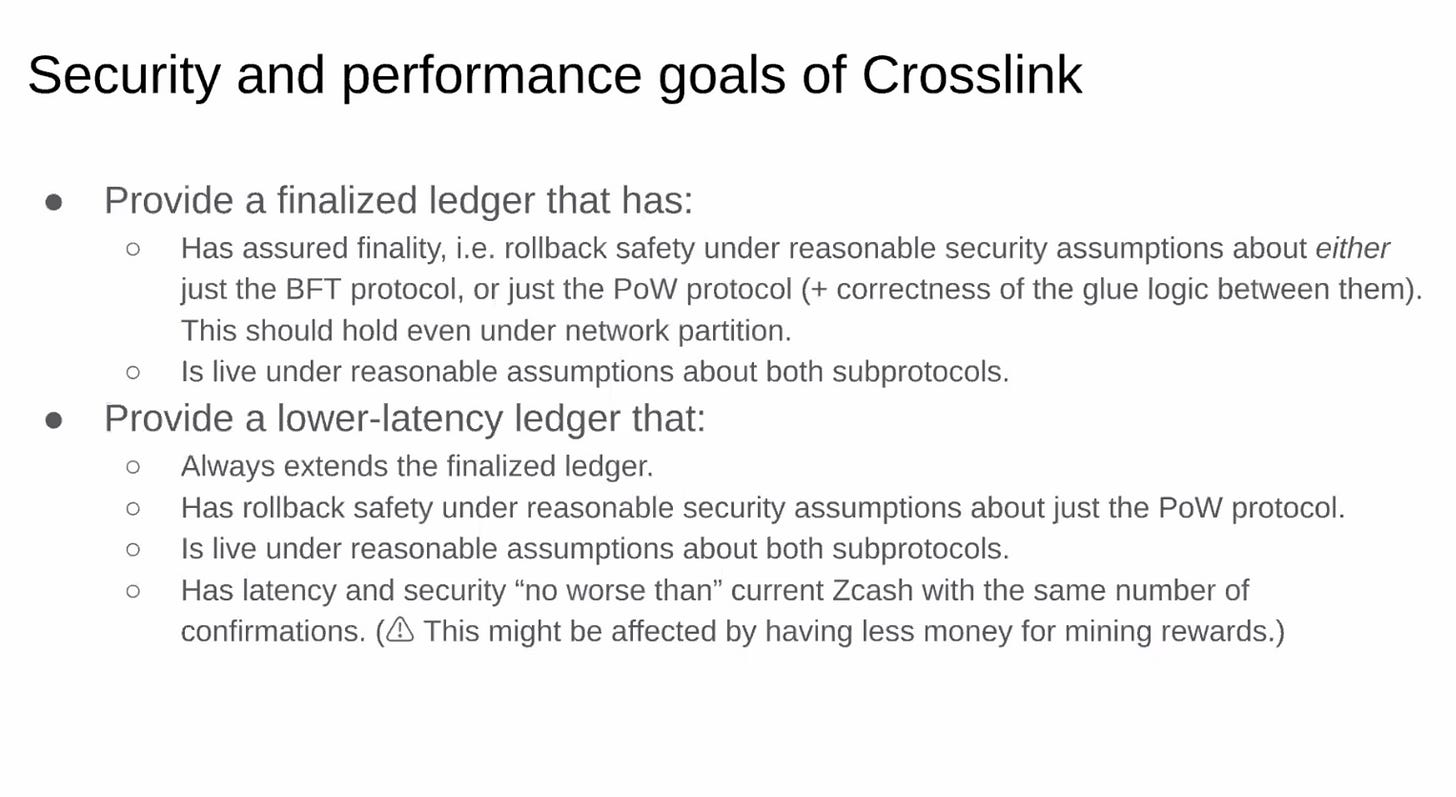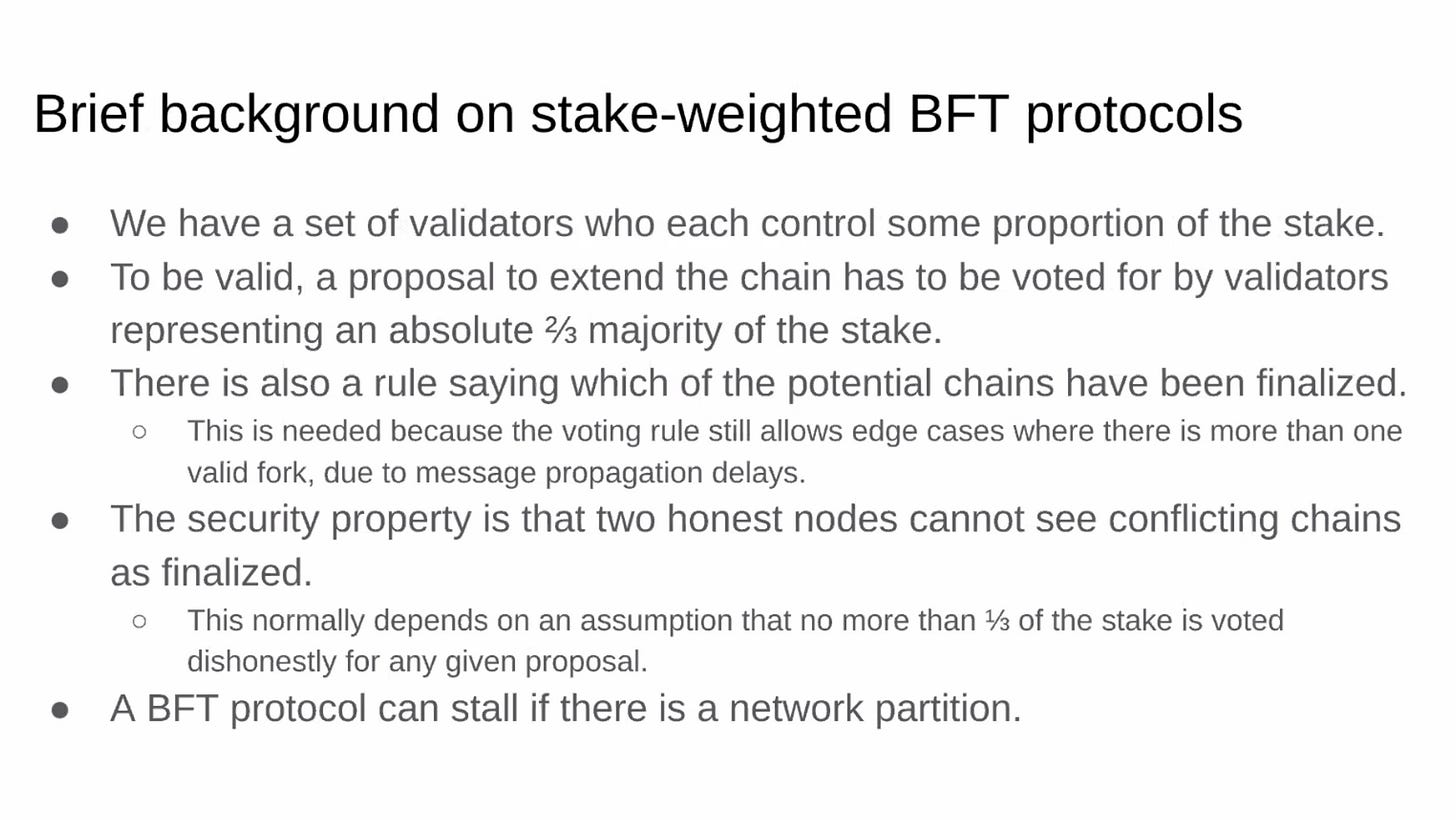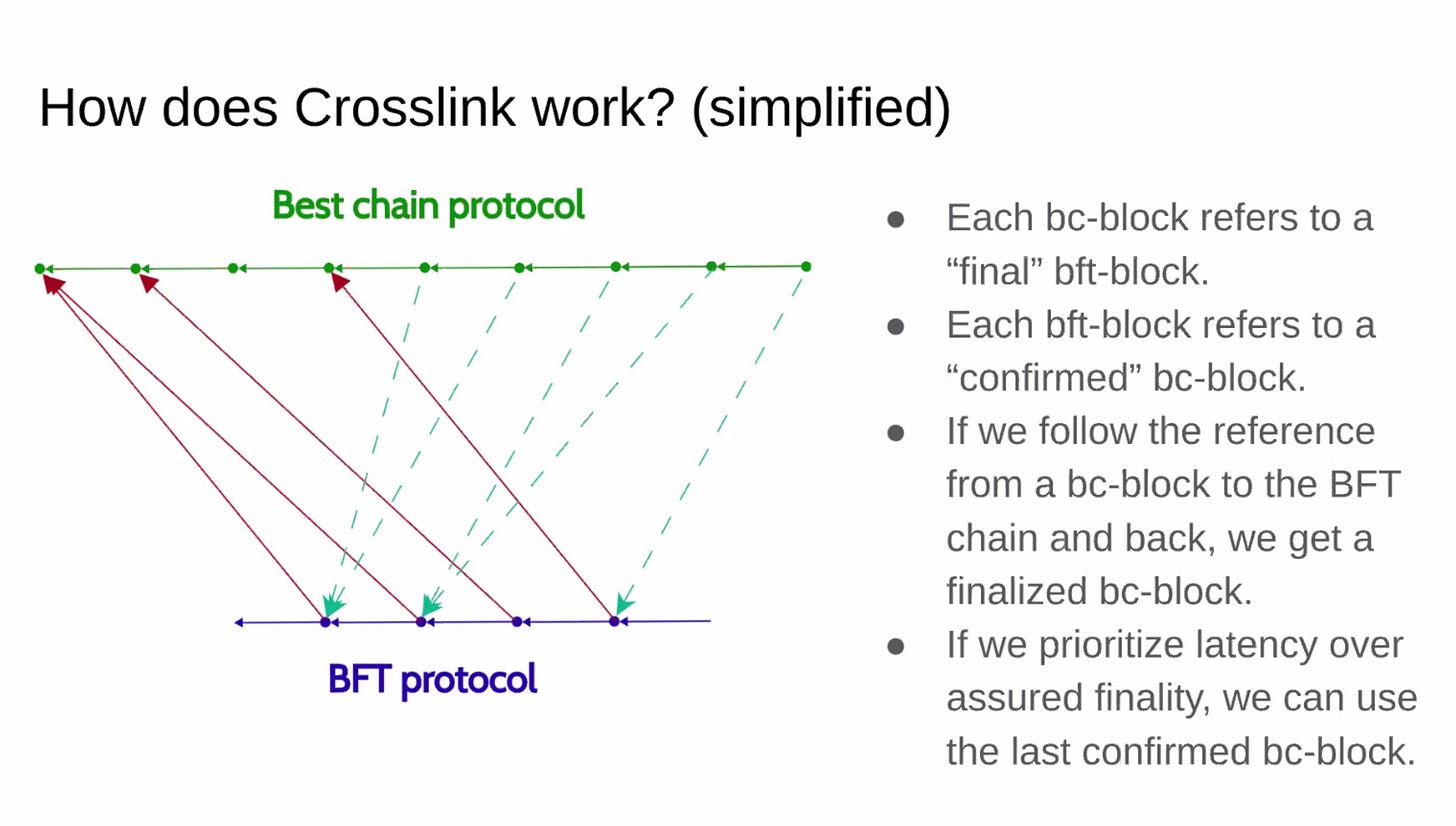Arborist Call is a bi-weekly call dedicated to developments in the Zcash protocol. In it, developers from ECC, ZF and engineers from third-party wallets like Ywallet, Zingo, etc. come together to go over all the recent progress made on their projects, answering questions and providing transparency.This is a summary of the meeting that occurred on 25/01/2024.
R&D updates from the recent Arborist Call:
Nate_ZEC gave a fascinating presentation on Trailing Finality Layer for Zcash
Recent work has been primarily focused on the Mobile SDK’s.
Changes have been made to address perfomance issues that were hampering ability for spend for sync logic to work optimally.
Enjoy! 😊
We opened the call with updates from the ElectricCoinCo core team of enginners
Recent work has been primarily focused on the Mobile sdk’s
Changes have been made to address perfomance issues that were hampering ability for spend for sync logic to work optimally
This also included a new 2 -step transaction feature for wallets mentioned earlier Arborist Call.
Crate publishes expected imminently!
- Link
Nuttycom & FeministPLT have been working on Binance solutions.
A new approach is updating Unified Addresses to define new metadata.
typecodes designated ‘must understand’
Wallets that encounter a UA with it will either respect its directives, or reject the entire UA.
An advantage is that it allows for a 2nd edition of Unified Addresses that contain a new Human Readble Part.
Call for community to select this solution to move forward with
More details mentioned by Kris in the Forum post:
ZcashFoundation updates on Zebra led by Arya.
Since the last meeting version 1.5.2 was released.
The internal miner feature was temporarily removed until the next equihash release. It can still be used with Zebra v1.5.1
2 methods to be created:
Scan: To take a list of viewkeys to register / list of keyhashes to identify & authorize access to already registered keys + retrieve results as a stream of raw tx data.
Clear: Being worked on.
This will be available over RPC for external clients to use.
Research & Implementation FROST update with conradoplg noting work continues on Phase 1.
They’re adding communication to the demo for signing a transaction using FROST over the internet.
Phase 2 has commenced, creating an HTTP server that participants + coordinator connect to.
A 1.0.0 stable release of the FROST crate will be released soon!
ZIP 312 to add FROST multisig on #Zcash is currently in review.
A security proof of FROST expected to be published to ePrint by next week.
Nate_ZEC gave a detailed presentation of #TrailingFinalityLayer, a hybrid PoW/PoS protocol to be proposed as part of a future Zcash upgrade.
Advantages:
Enables trust minimized bridging.
Eventual pure Proof of Stake uses less resources.
More participants can contribute to network security & earn more vs mining.
Wallets can be simplified removing extra state / UX complexity around transactions reverting.
It allows agility for infrastructure providers (PoS validators)
Their network connection doesn’t need to be high bandwidth.
PoS validators can easily move/switch service providers, keeping the network resilient.
In PoW miners have to constantly sell coins to pay operational costs.
PoS validators are competing to acquire more coins to increase their voting weight, this has the opposite economic effect.
It seems like it could be good for #Zcash
Reasoning - Why Hybrid PoW/PoS
Because it’s an intermediate step, it may be less disruptive for the ecosystem & infrastructure/wallet support etc.
Some miners may begin staking, overlapping across both.
Ethereum’s sucess demonstrating sucessful transition.
While trust minimized bridges are not anticipated in v1 of the protocol its considered a prerequisite step.
Nate_ZEC pointing towards substantial interest in building bridges from multiple groups.
Ecosystem stability goals:
1) Activation to be safe.
2) No disruption of mining during activation/running hybrid protocol.
Ideally miners can keep using the same stacks and infrastructure without disruption.
Not: mining revenue will decrease to retain supply scheadule.
Since the hybrid protocol is going to have PoW as part of it, the team intends to leverage understanding of PoW security to carry forward.
Reasonably good privacy around staking is a goal to deploy it quickly, future protocols can always improve it.
If there’s a partition, any users with finality as a condition are halted.
Users who prefer high availability can continue usingg the network.
This is what Ethereum strives to provide in it’s modern protocol.
Read: EBB & Flow paper.
We then had a visualisation of how Crosslink works!
The best chain (Zcash PoW) and BFT chain each produce blocks.
Each PoW block points both to a previous PoW block, but also a final BFT Block that the miner knew about when they were creating the BC Block.
The team is analyzing properties of two Crosslink variants.
The 1st variant had the potential for a PoW chain rollback to cause a nodes view of finalized states to also cross a rollback.
It may still be possible to still have a safe protocol that does this.
During the Q&A session, Jack Gavigan noted work on TFL does present an opportunity to start a new blockchain with the new Hybrid/PoS consensus mechanism.
Users could migrate across in the same manner as transacting between Legacy → New Shielded Pools.
Our final topic mentioned by Str4d was around potential for changes to they hybrid design in which BFT nodes being light clients of the PoW chain.
The hybrid PoS chain could begin to separate with a bridge built in from the start.
Thank you for reading!
The team will be clarifying plans at ZeBoot next week, stay tuned for more!






